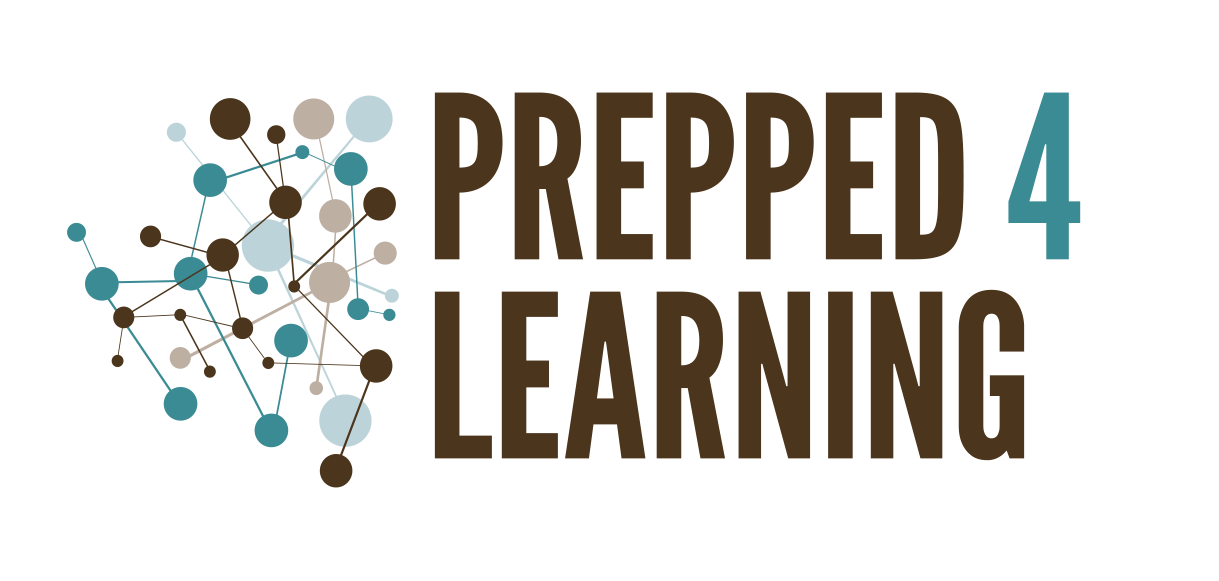
About the Self-Care Traumatic Episode Protocol (STEP)
The Self-Care Traumatic Episode Protocol (STEP) was developed during the COVID-19 pandemic to assist mental health clinicians, medical staff, and other front-line workers to decrease stress and increase coping during this difficult time. Due to the inability to meet in person, this computer-adapted protocol was born. The idea was initiated so clinicians who are feeling overwhelmed by current events can, within a typical 1.5-hour session, combine psycho-education and stabilization activities to ensure a present focus, have the ability to process the ongoing overwhelming event(s) and develop containment strategies in an effort to continue working effectively in their important roles.
STEP is a video series protocol based on the principles of Eye Movement Desensitization and Reprocessing Therapy (EMDR) developed by Dr. Francine Shapiro. More specifically, STEP was adapted from the Group Traumatic Episode Protocol developed by Elan Shapiro.
The contents of this protocol are not intended as a substitute for professional medical or psychological advice, diagnosis or treatment.To find out which avenue of STEP is right for clients, STEP IN and check out the possibilities below.
STEP Solo is a clinician-assisted protocol for individuals who have some distress but do not have post-traumatic stress disorder (PTSD). The clinician screens participants and monitors individuals before and after they complete STEP online.
These clients, along with their therapist, will review the additional exclusion criteria to ensure they meet the eligibility criteria for using this protocol. Eligibility will be assessed by the clinician with the assistance of the criteria outlined. Clients will complete a consent form prior to beginning the protocol.
Clients will then be granted a password to access STEP Solo. They will access the protocol via the internet link. When they arrive, they will do another quick screening measure for PTSD. If symptoms are too high, clients will be directed back to their therapist for advice on the next STEP. If clients are eligible for STEP Solo, they will complete assessment measures pre-and post-intervention. There are additional points throughout this protocol where clients are monitored, and further services are recommended if needed.
STEP Together is a clinician-administered therapeutic group that can be completed online or in person. One clinician leads the group, and co-clinicians are available to assist any members who require further intervention or support.
Eligibility will be assessed by the clinician using pre-screening measures and additional eligibility criteria. Clients complete a consent form prior to beginning the protocol.
Clinicians will receive a password to access STEP Together. This password is not shared with clients - the clinician will share their screen with clients to guide them through the series of videos and activities.
One-to-One treatment is a clinician-administered intervention where the clinician guides and facilitates the session and is present with the client for the entire protocol. The clinician should determine which protocol would be most useful for the client and what protocol may be the most appropriate.
Eligibility will be assessed by the clinician. This protocol would only be accessed by clinicians if it is deemed appropriate for the client. Clients complete a consent form prior to beginning the protocol. They will complete assessment measures pre and post-intervention. The therapist would access One-to-One to share their screen with the client only for those clients where suitability is determined by the therapist.







